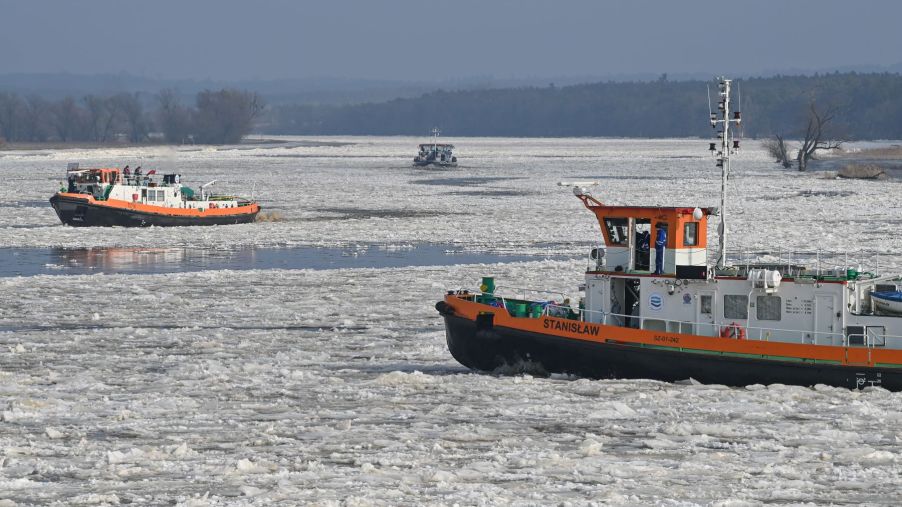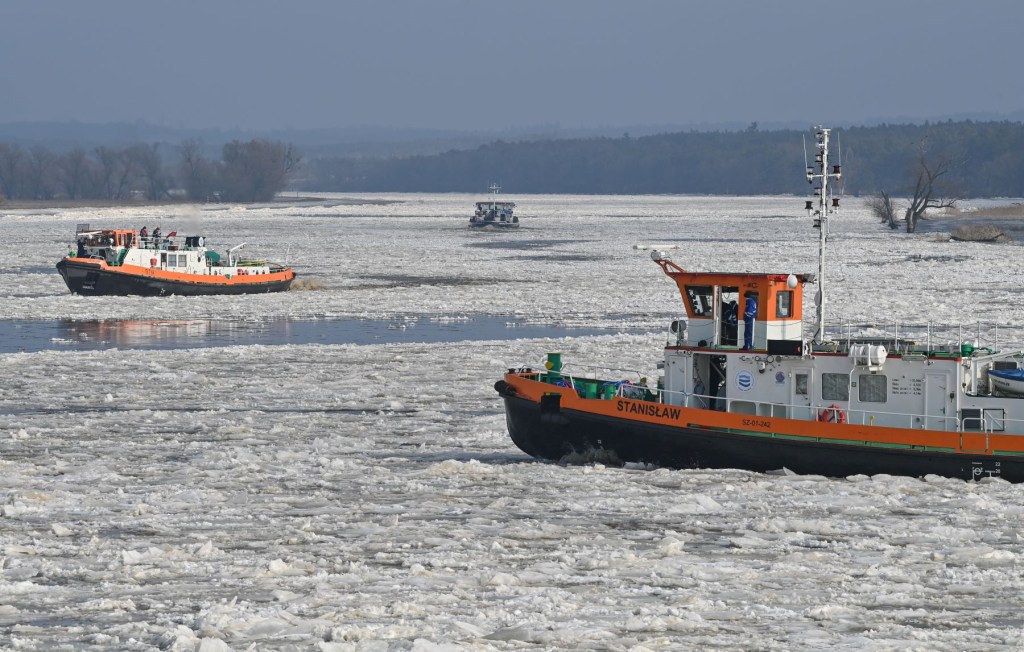
Is Winterizing a Boat Necessary?
When the summer boating fun is over, and fall and winter are just around the corner, it’s time to decide what to do with your boat. Should you have it prepared and shrink-wrapped for the off-season, or can you get by just leaving it in the water? According to Best Boat Report, winterizing your vessel is important. What you end up doing to prepare it might depend on where you’re located, though. Should you really winterize it? What could happen if you don’t?
Do you really need to winterize your boat?

In a lot of situations, the answer would have to be yes. However, there’s obviously more to it. If you live in a state that tends to get really cold in the wintertime, you will have to winterize the boat to prevent any damage from occurring due to the freezing temps. When the warmer weather rolls around, you can pull it out of storage, get it ready and take it out on the lake.
Even if you live where it doesn’t get freezing in the winter season, you still might have to winterize your boat. You’ll have to play it by ear. Some areas, like California, don’t see that many freezing temperatures, so you might get away with leaving the boat in the water and not taking too many extra steps.
However, according to Boat U.S, states like Texas and Florida have many insurance claims regarding damage to their boats from freezing temps. According to Boating World, that’s usually due to an unforeseen weather change people didn’t account for. Anytime the temperatures dip below freezing point, your boat is at risk of potential damage.
Winterizing a vessel involves removing any water that might be left lingering inside of your motor or other components. If moisture remains and the weather happens to drop below freezing, the water will freeze, and that is the start of disaster for some boats. If you know a freeze is coming, consider getting the boat out of the water and draining as much moisture as you can.
If you fail to do this, the water could cause the motor to crack and damage any plumbing lines the boat may have from showers or sinks. Come springtime, and you might find yourself facing a huge repair bill, if not a whole new engine replacement or plumbing reinstalled. Plus, you might be without your boat for a few months while you wait for someone to fix the problems.
What do the process involve?
When doing a full-on winterization of your boat, there are a few different tasks that take place. The most important thing is, of course, removing the water from all of the components. It also involves preparing the engine. A fresh oil change will prevent damage from old, dirty oil contaminating the motor and corroding it. Fresh gasoline should also go into the fuel tank with a fuel additive to stabilize it.
If your boat has a water tank or plumbing, you should have marine-grade antifreeze added to prevent freezing, which could crack the components and make them leak when spring comes around. If you perform these steps yourself, you’re likely going to prevent the cost of damages. However, it would involve the cost of the oil-changing materials and the antifreeze. There may also be the price to store your boat. Some marinas have affordable dry dock options to keep your boat in the off-season.
If you choose to have a professional winterize your boat, you could pay up to $300 to get it done. This price, however, covers the cost of the equipment that your boat may have that would need preparation. It will cost more if your boat has a shower, sinks, and a toilet. If the only thing you need to worry about is a motor, the costs will be much less.
Tips for winterizing your boat
If you feel it’s best to have an expert prepare your boat for the winter, make sure to follow a few tips, so you don’t end up with damage in the springtime. First, in writing, lay out what exactly you want to be done to get your boat ready for storage. Don’t just say, “winterize it.” What you consider winterizing and what they think it means could be completely different. Also, consider using a credit card to pay so you can dispute the charges should the professional not do a perfect job.
If you plan to use your boat during the winter season and it doesn’t typically get down to freezing temperatures, pay attention to weather alerts in your area. A freak storm can appear out of the blue, and your boat could get exposed to freezing weather and temperatures for a few days, causing damage to the motor and other components. If you know temps will be dropping soon, take the necessary action on your boat to keep it protected, if you can.
Winterizing your vessel isn’t a leave-it-and-forget-it type of maintenance. For extra caution, check your boat out every couple of weeks or so to make sure everything’s still good. Lines may have become loose, or critters may have invaded your storage space. Take care of these surprising tasks right away to avoid the cost of repairs when you take the boat out for its first spring/summer ride.
Preparing to store your boat in the off-season takes some time, but it could save you money from the potential damage that winter can cause. That way, when it’s time to get it back out and take it for a drive on the water, you won’t have to worry about taking it in for repairs. You can de-winterize it and get it ready for springtime activities right away.


